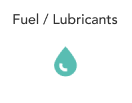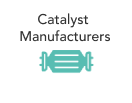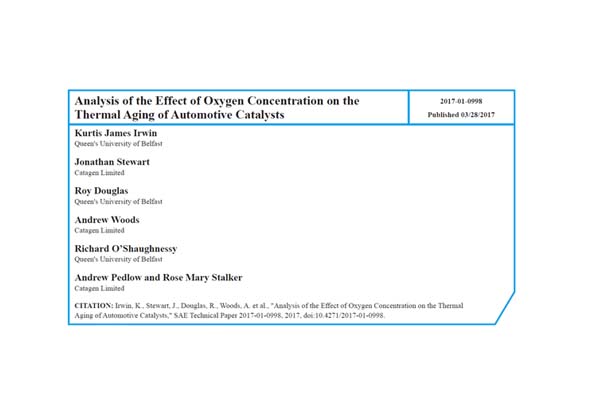ABSTRACT
Accelerated aging of automotive catalysts has become a routine process for the development of new catalytic formulations and for homologation of vehicle emissions. In the standard approach, catalyst samples are subjected to temperatures in excess of 800°C on a predefined test cycle and aged for precise timescales representative of
certain vehicle mileage. The high temperature feed gas is traditionally provided by a large gasoline engine but, increasingly, alternative bench-aging techniques are being applied as these offer more precise control and considerable cost savings, as well as offering more development possibilities. In the past few years, emissions control of
light duty vehicles has become increasingly prominent as more stringent emissions legislations require more complex after-treatment systems. Aging of the catalysts are not fully understood as they are subjected to many varying environments, including temperature and gas concentrations. It is recognized that oxygen concentration has a
significant influence on rate of aging but the current aging algorithms do not fully account for the effect of gas concentrations. In the research presented in this paper, the effect of oxygen concentration on the rate of catalyst aging is investigated and analyzed. Several catalyst samples were aged, using a recirculating gas reactor, over a
precise temperature cycle for various aging times and at differing oxygen concentrations, while maintaining a constant flow rate. The conversion performance of these samples was measured at regular intervals throughout the aging process to assess the stage and rate of thermal aging. The results were analyzed in detail and compared with predictions based on the standard aging algorithm and with others proposed in literature.











